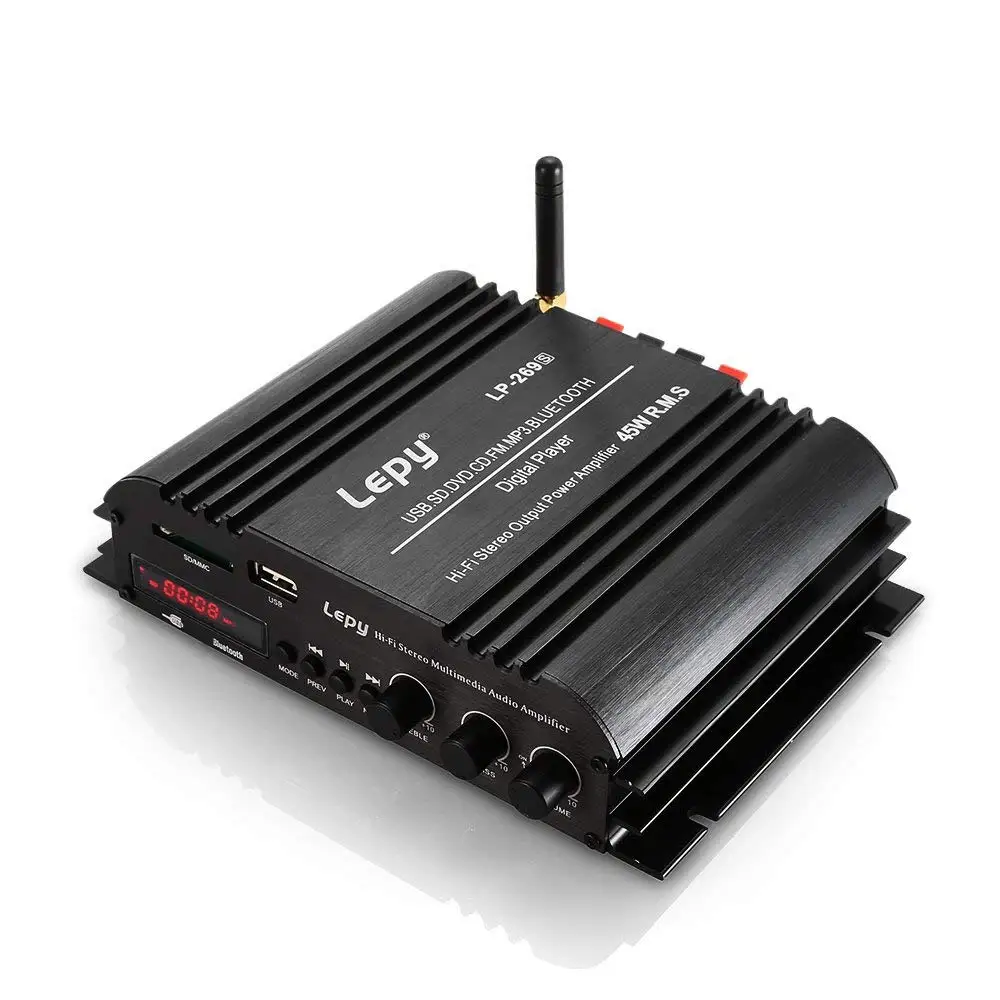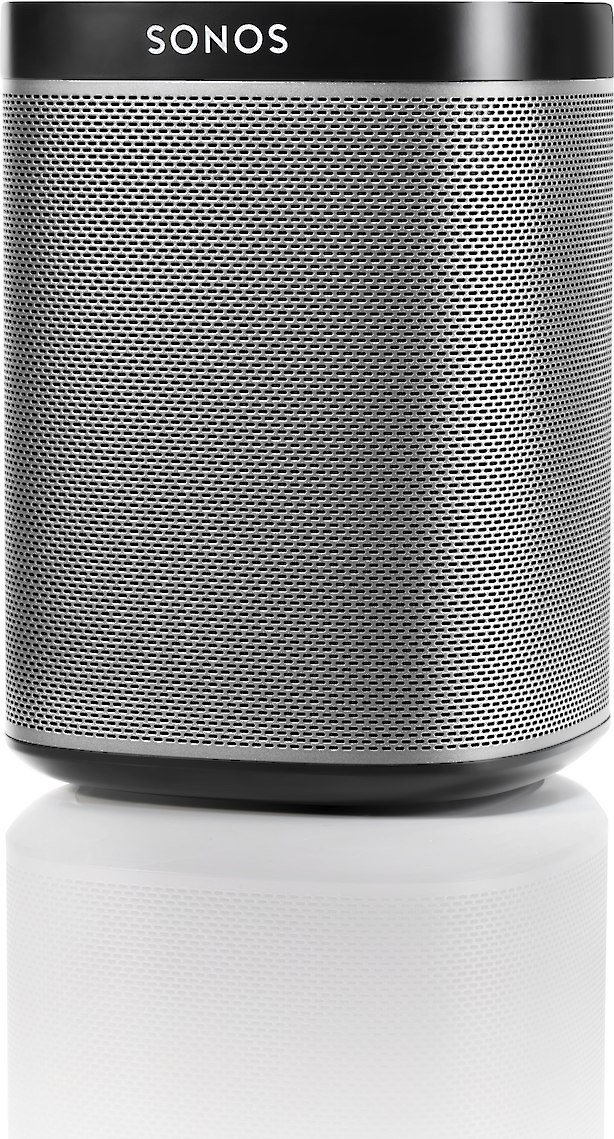

Analog vs digital TV audio outputsĪnalog outputs can be connected to nearly any audio amplifier, powered speakers, or receiver with RCA or similar analog inputs. In this case, the audio is extracted from the TV signal, separated, and copied sent to both the internal speakers (if present) and the audio output jacks. Just like with any audio electronics without speaker outputs, the audio signal you can connect to comes directly from the internal electronics from the media you’re enjoying. Instead, they usually provide analog (and digital, sometimes) low-level outputs to connect to an amplifier, powered speakers, or a home stereo. The most important thing to know first is that TVs do not offer speaker outputs. Digital signals have to be converted back to analog before they can be used to drive speakers. Televisions usually have one or more types of audio outputs: analog (which can be amplified to drive speakers or connect to a home stereo receiver) or digital. How TV audio outputs work + the common types

However, the good news is you can connect speakers to a TV in other ways – and fairly easily, too! So, unfortunately, the bad news is that you can’t hook up speakers directly to a TV (I’ll explain why as we go). In that case, you’ll need an HDMI audio extractor that provides RCA output jacks.



 0 kommentar(er)
0 kommentar(er)
